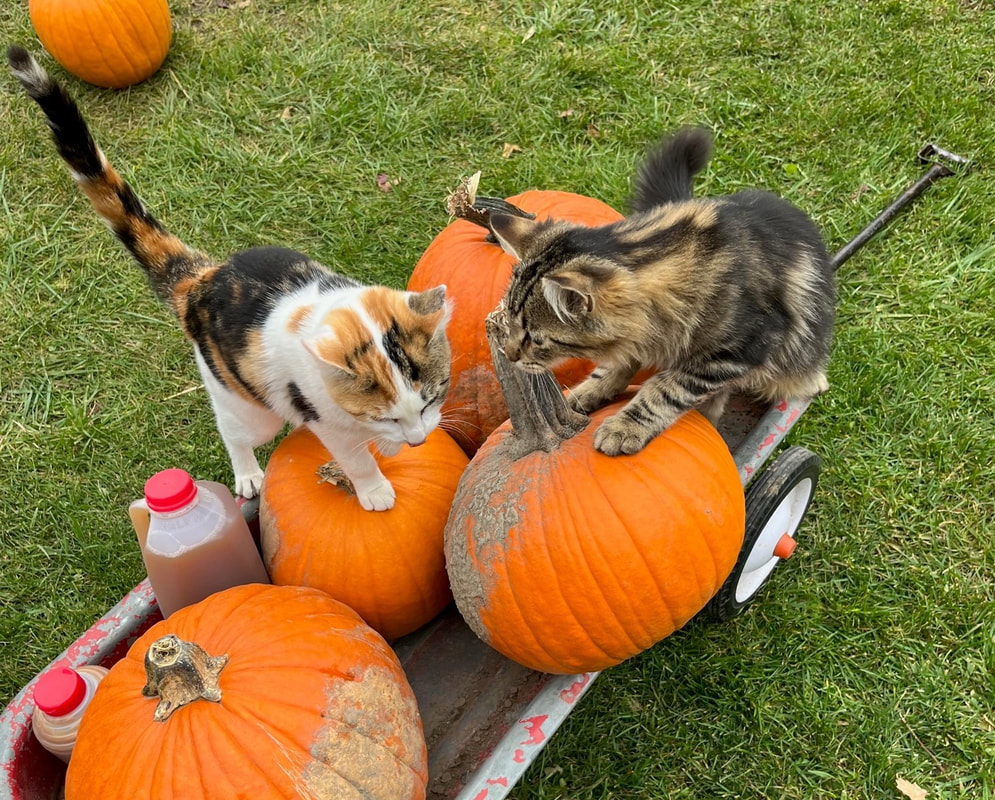|
What a glorious season to be out and alive! The first Sunday of October my household walked Wisconsin’s largest corn maze. We visited an orchard a week later for apples and cider, and returned the next weekend for pumpkins. For those of us with allergies, best of all is the burst of renewed warmth after cold nights kill off the ragweed.
“Indian summer” first appeared in 1778 in Letters From an American Farmer by Michel-Guillaume-Jean de Crèvecoeur. He wrote, “Then a severe frost succeeds which prepares it to receive the voluminous coat of snow which is soon to follow; though it is often preceded by a short interval of smoke and mildness, called the Indian Summer.” No one knows why it’s called that. Some theories seem innocuous. Others equate “Indian” with late or fake, or claim it was a season for massacres. In any case, some Native Americans find it pejorative, like “Indian giver” or “off the reservation.” The glossary of the American Meteorological Society in 2020 replaced it with “second summer” and noted older terms in England such as “St. Martin’s summer” or “All-hallown summer.” Political correctness run amok? I don’t think so. I’ve always spoken of “Indian summer” with a fondness “second summer” can’t match. But when I name a person or group in a figurative expression that unintentionally offends them, respect suggests letting their response outweigh my intention.
0 Comments
Leave a Reply. |
AuthorI'm a historian who writes novels and literary nonfiction. My home base is Madison, Wisconsin. Archives
July 2024
|

 RSS Feed
RSS Feed